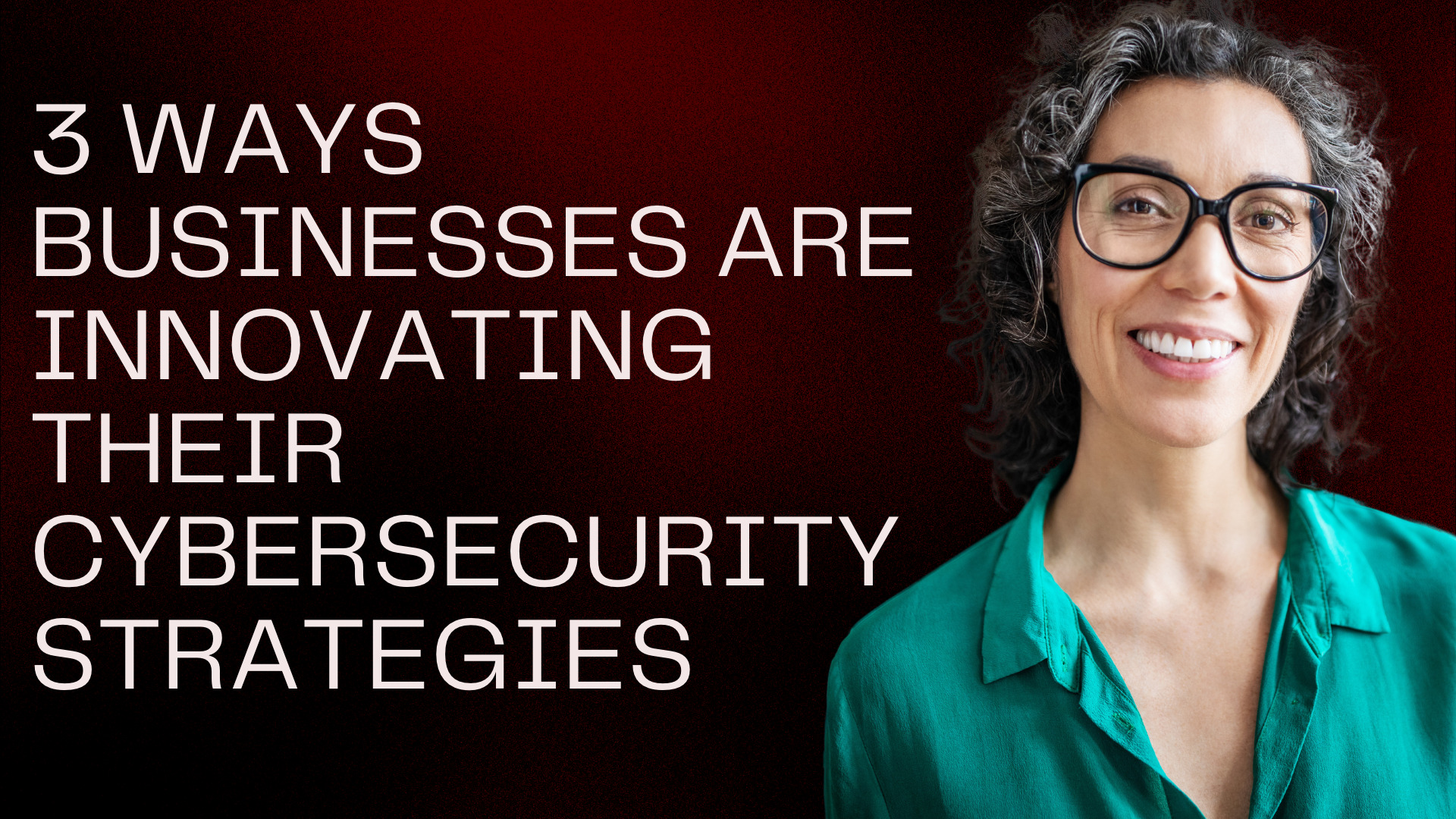Stay Ahead of Cyber Threats: 3 Ways Businesses are Innovating their Cybersecurity Strategies
As businesses continue to digitalize their operations, the need for strong cybersecurity measures becomes increasingly important. Traditional security measures may no longer suffice with cyber threats becoming more sophisticated.
This article will discuss three ways businesses are evolving cybersecurity strategies to avoid potential breaches and protect sensitive data.

Embracing Artificial Intelligence (AI) for Cybersecurity
AI-powered cybersecurity solutions are becoming more popular among businesses as they offer more comprehensive and real-time threat detection capabilities. With AI algorithms, cyber threats can be detected and addressed proactively, reducing the risk of a security breach. These solutions can also learn and adapt to new threats, protecting the business from emerging threats.
One example of an AI-powered cybersecurity solution is machine learning. This technology can analyze large amounts of data and identify patterns indicative of a cyber attack. This allows for the prompt identification and resolution of potential threats before they can cause significant damage to the business.
Implementing Zero Trust Architecture
Zero Trust Architecture (ZTA) is a security model that assumes all users and devices are untrusted until proven otherwise. Every user and device accessing the business’s network is authenticated and verified before being granted access. This approach helps to minimize the risk of cyber attacks by restricting access to sensitive data and systems.
ZTA is a departure from the traditional security model that relied on perimeter-based security. With perimeter-based security, once an attacker gains access to the network, they have free rein to move laterally within it. ZTA ensures that even if attackers gain access to the network, they are still restricted in their movements and cannot access sensitive data or systems.
Implementing Multi-Factor Authentication (MFA)
MFA is a security measure that requires users to provide two or more forms of authentication before being granted access to a system or application. This ensures that only authorized users can access the system or application, reducing the risk of unauthorized access and data breaches.
MFA is becoming increasingly popular among businesses as it provides an additional layer of security beyond traditional username and password authentication. By requiring other forms of authentication, such as a fingerprint or a one-time code, MFA makes it much more difficult for cybercriminals to access sensitive data or systems.
In conclusion, as cyber threats become more sophisticated, businesses must evolve their cybersecurity strategies to protect sensitive data and operations. Embracing AI-powered cybersecurity solutions, implementing ZTA, and using MFA are just a few examples of how businesses are innovating their cybersecurity strategies to stay ahead of potential breaches. By proactively protecting their systems and data, companies can ensure they remain secure and resilient in the face of cyber threats.






